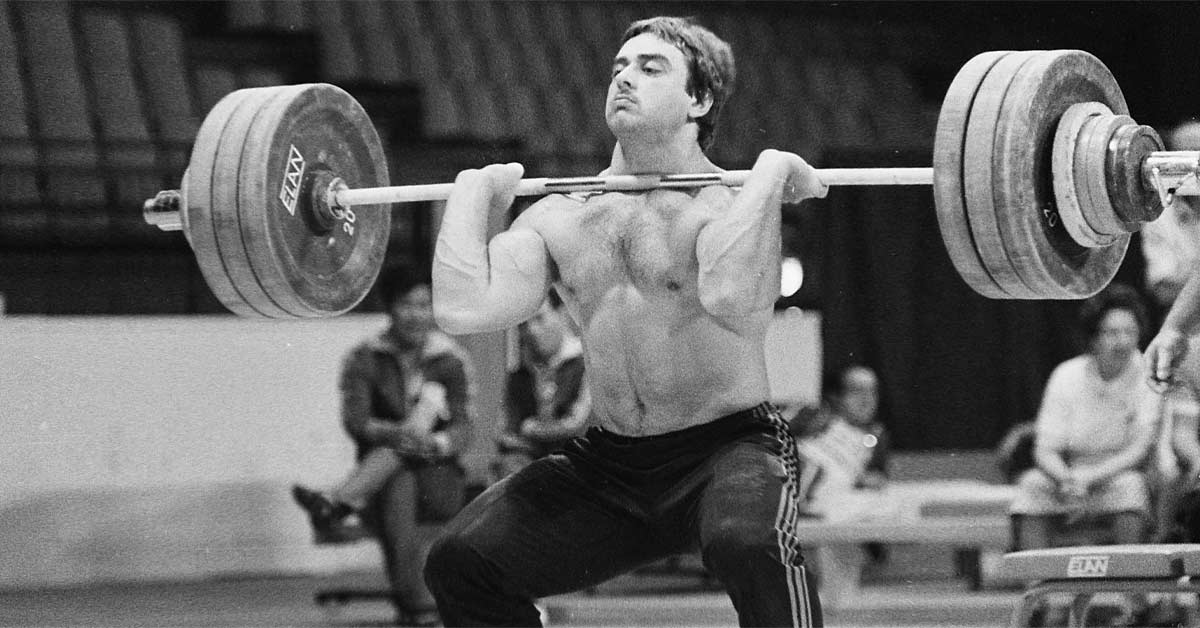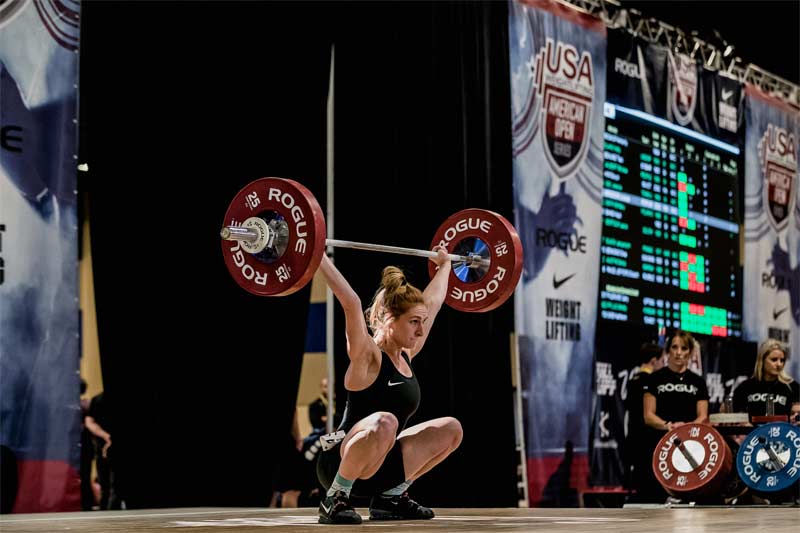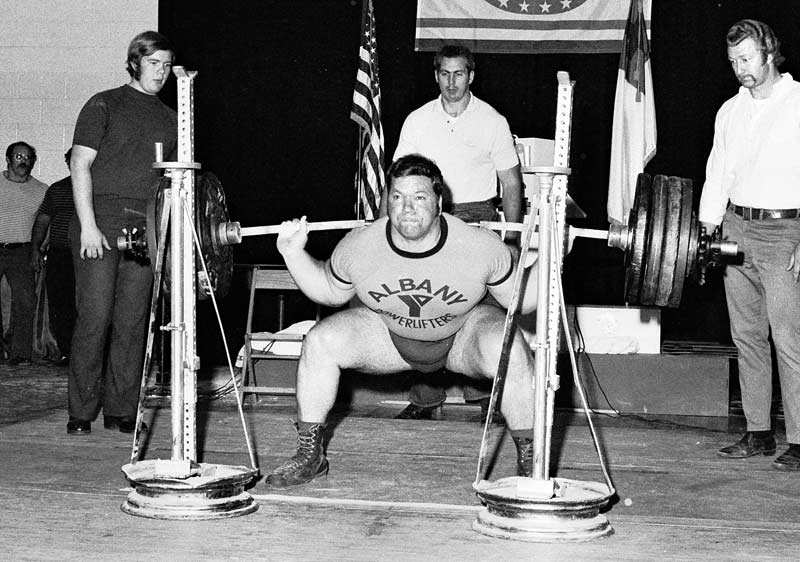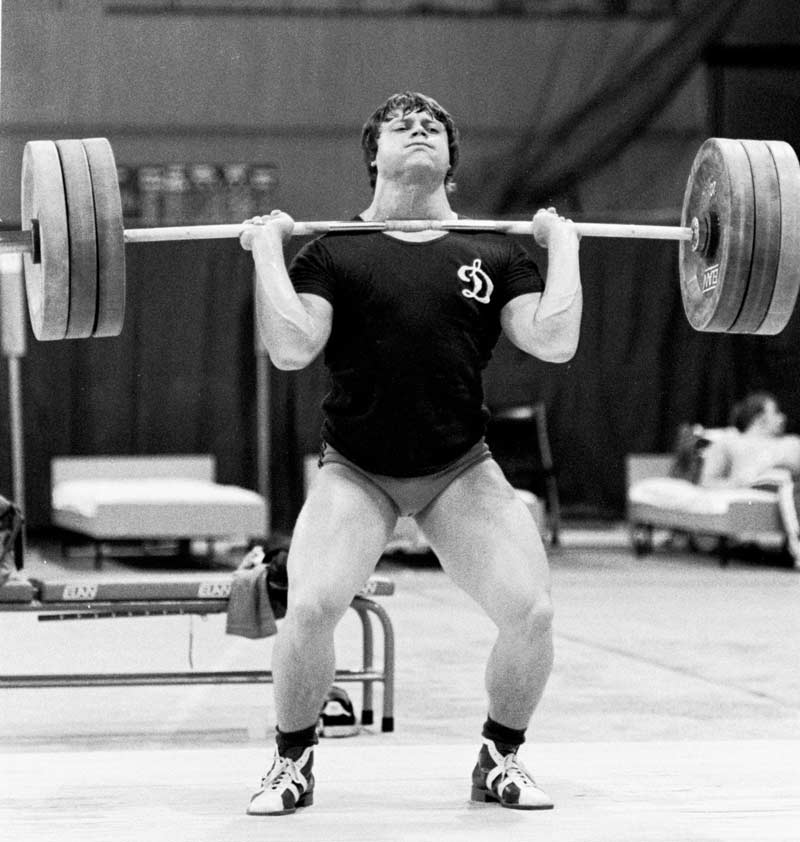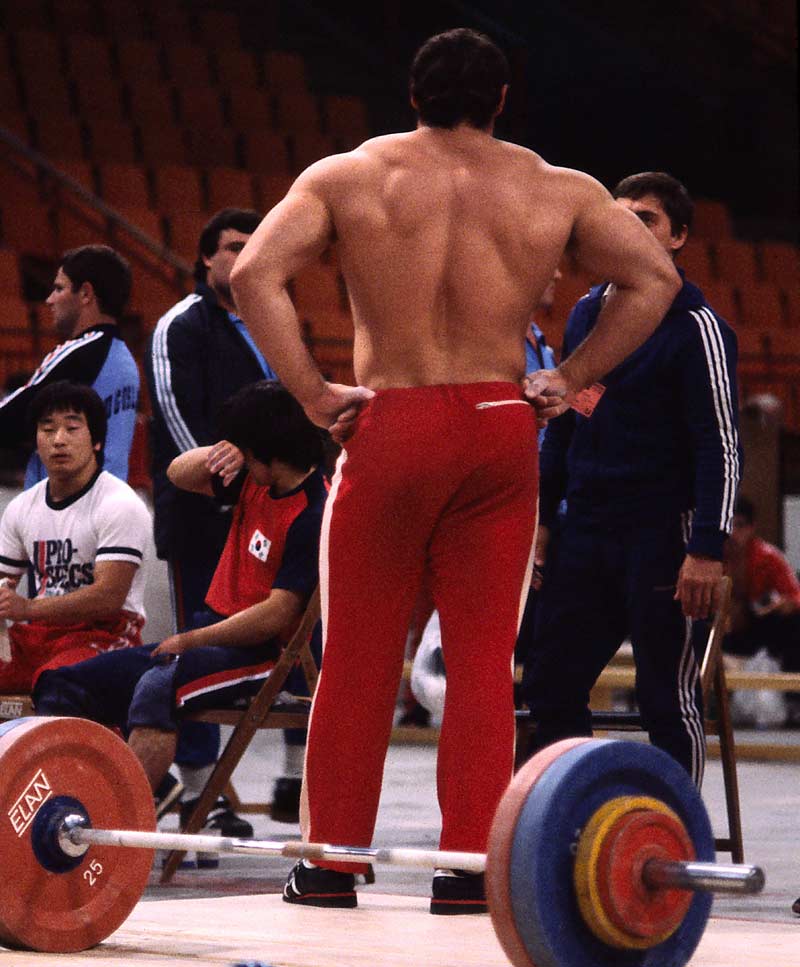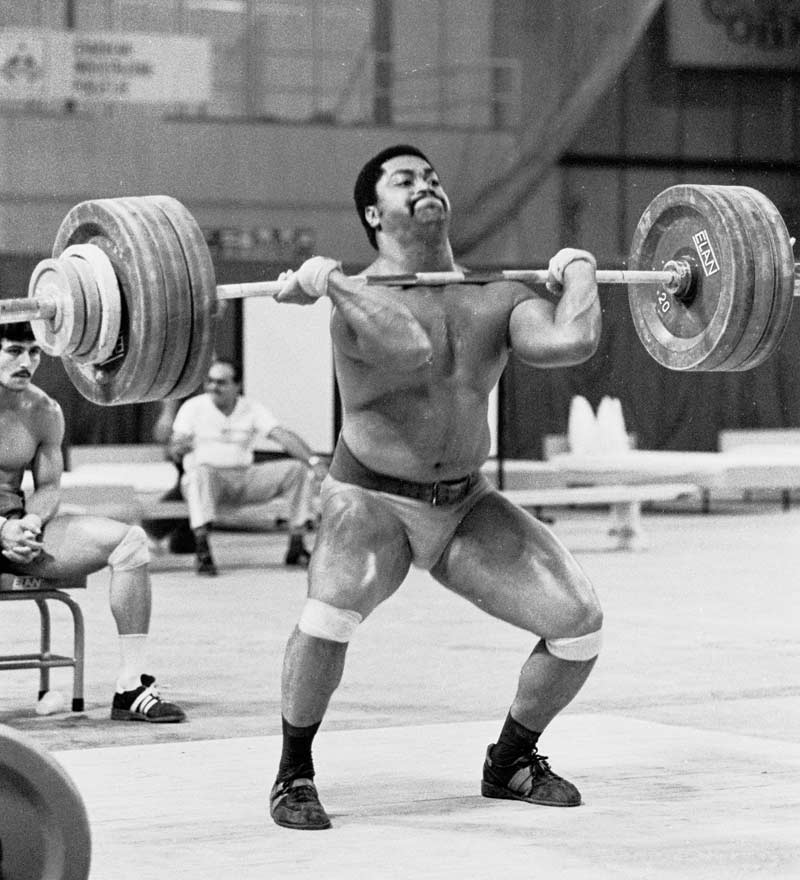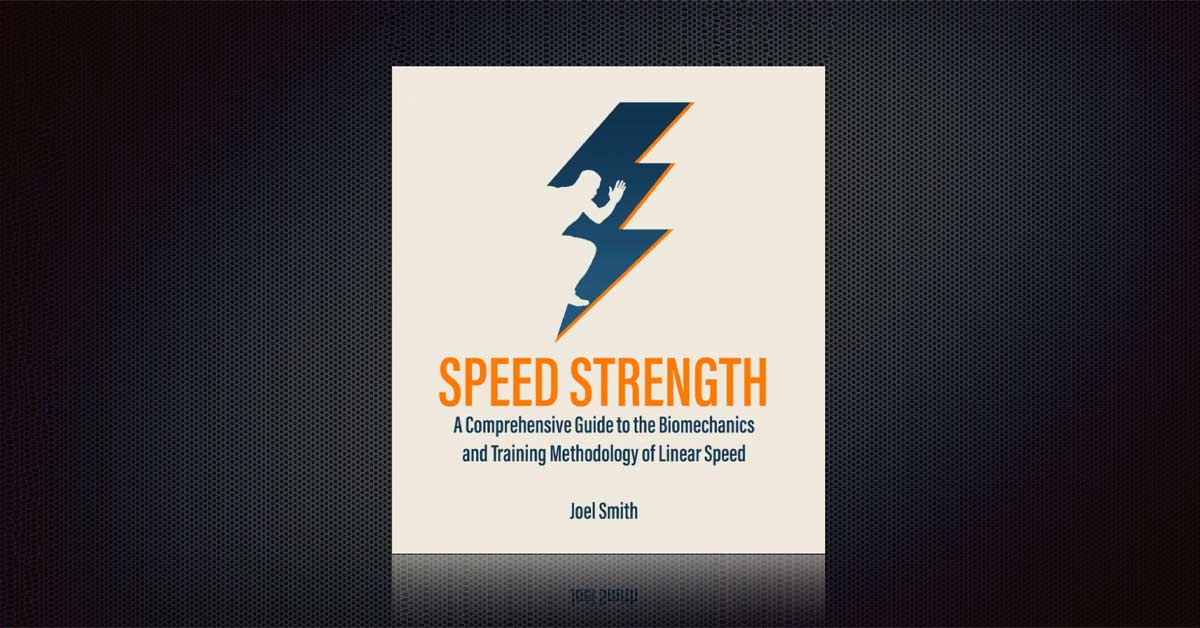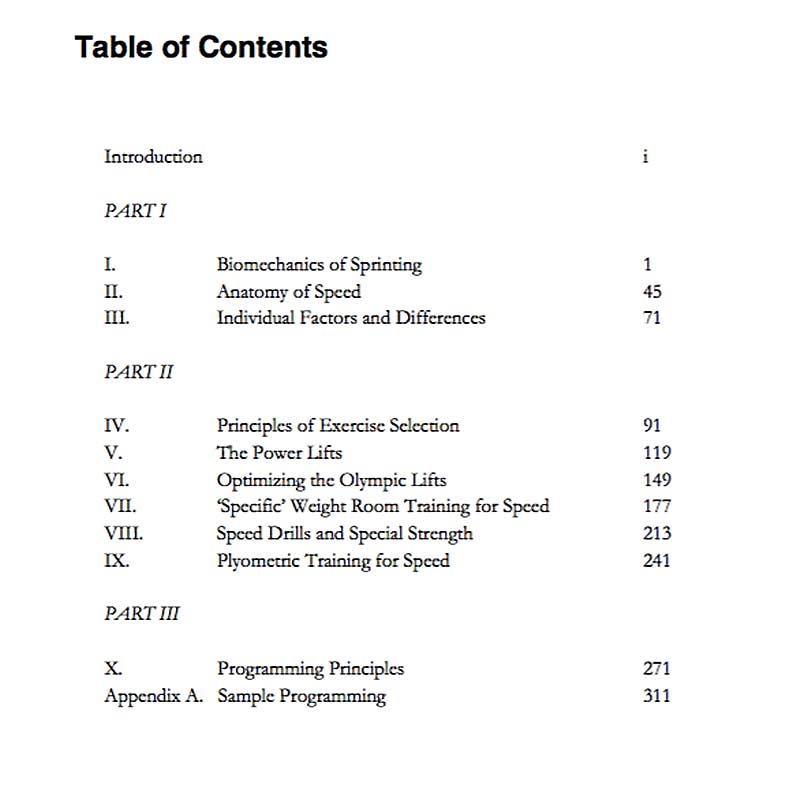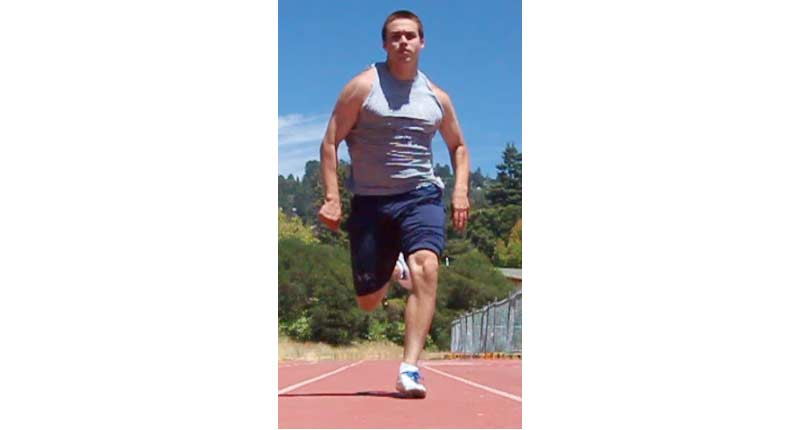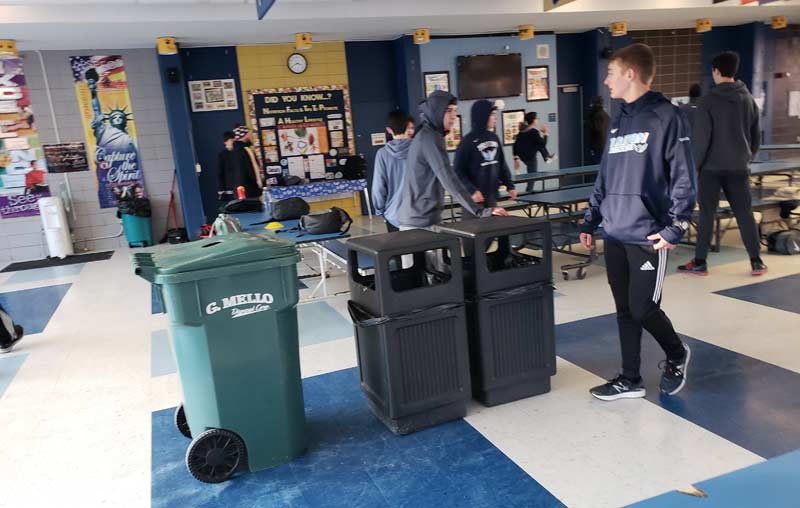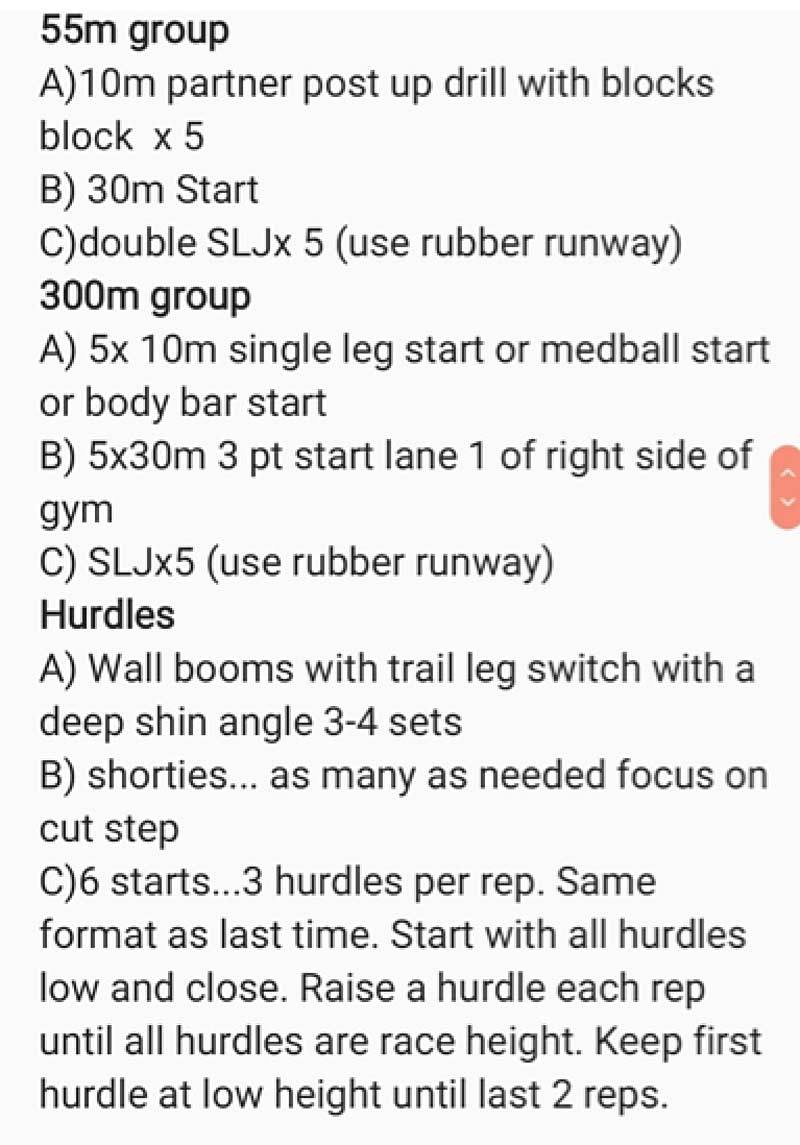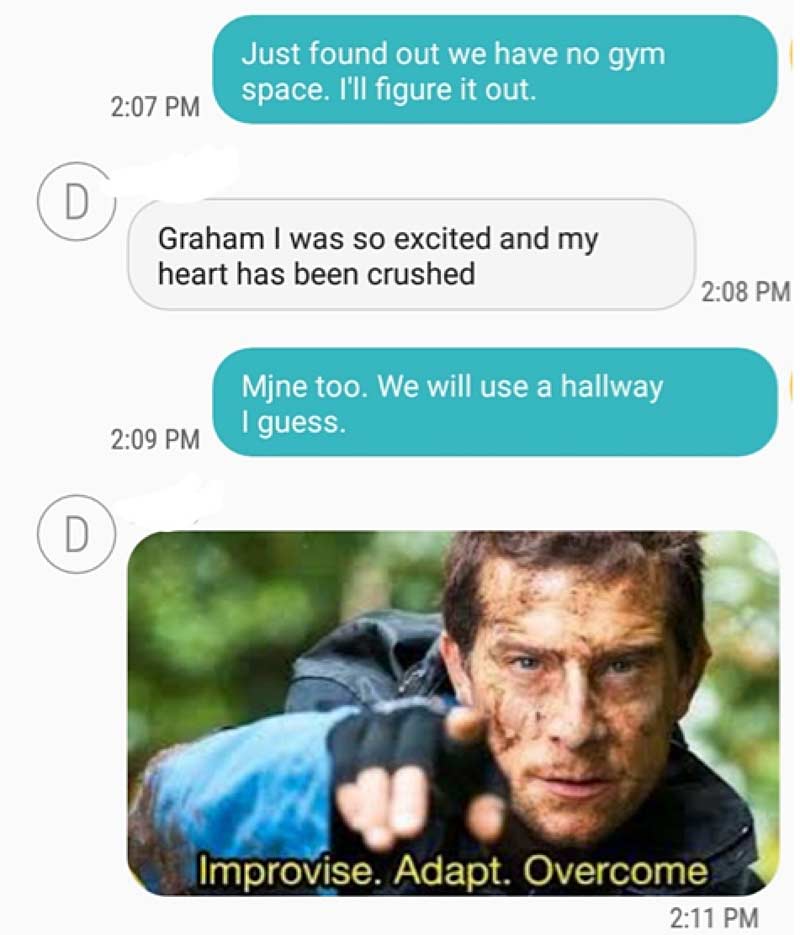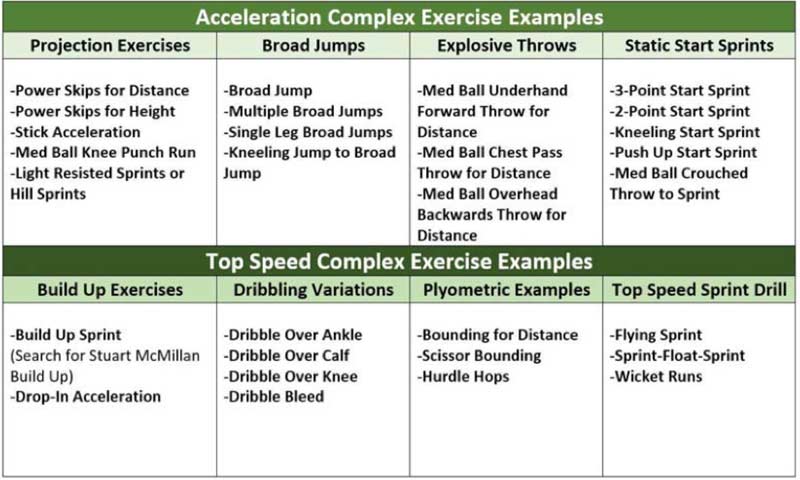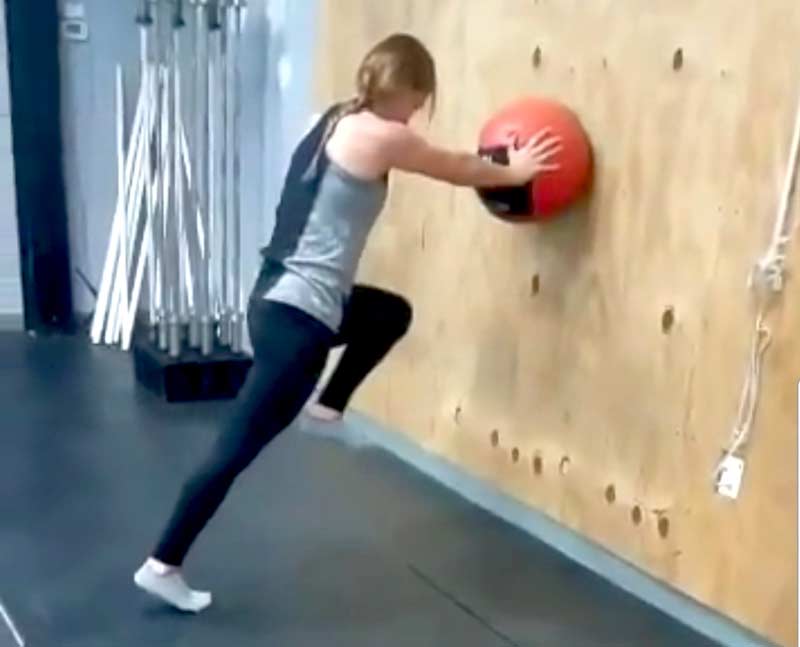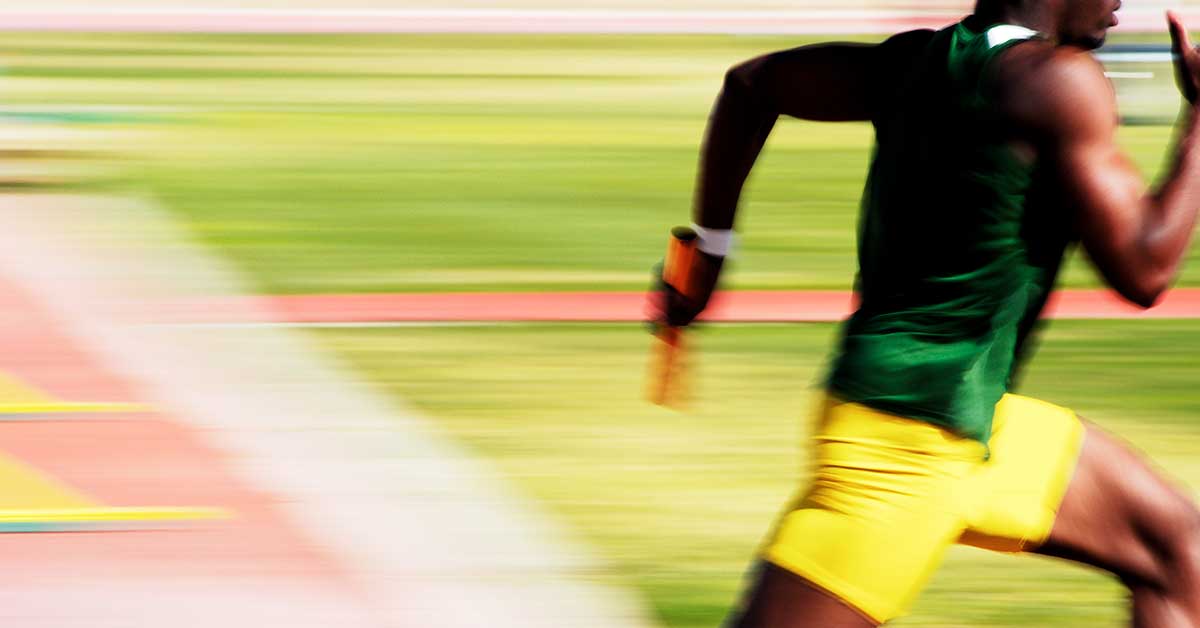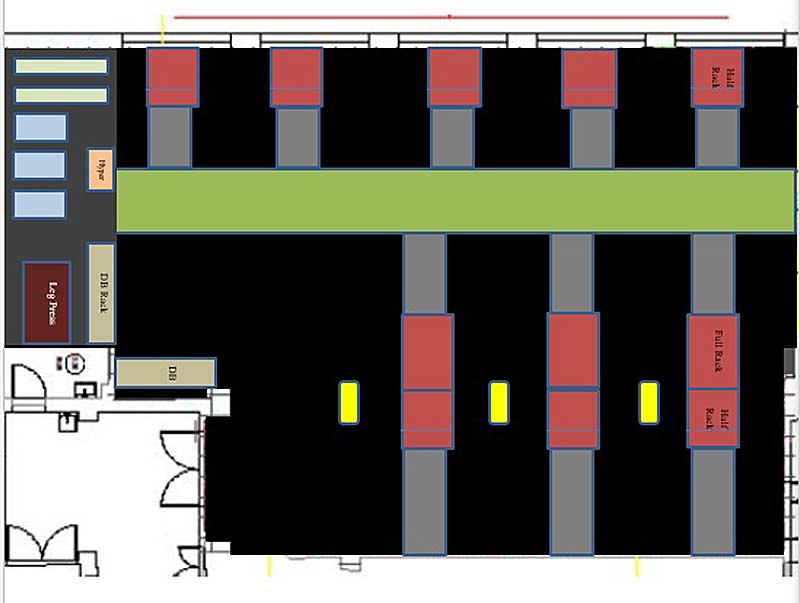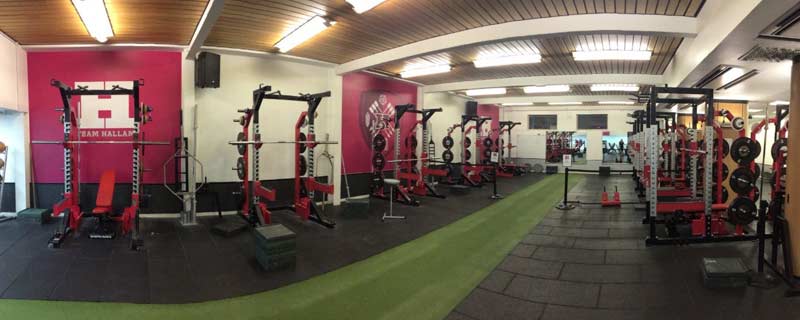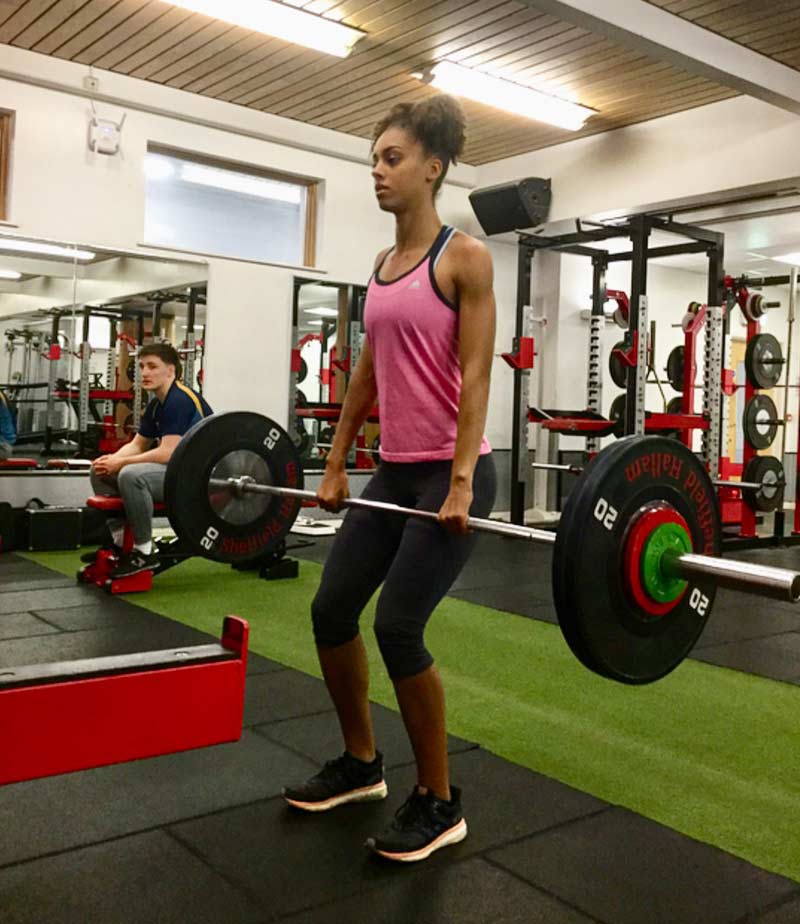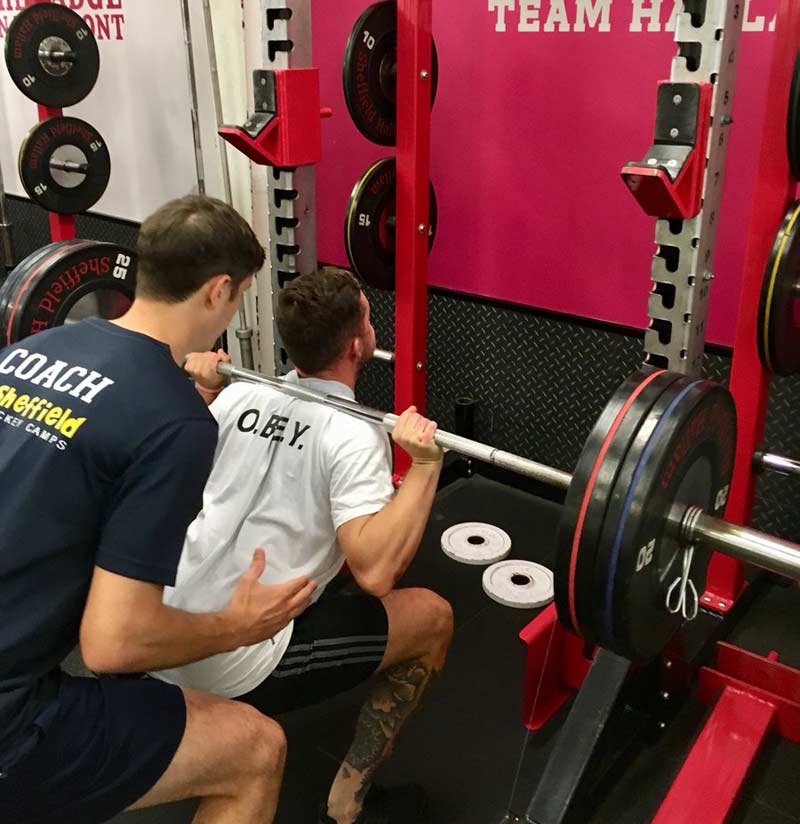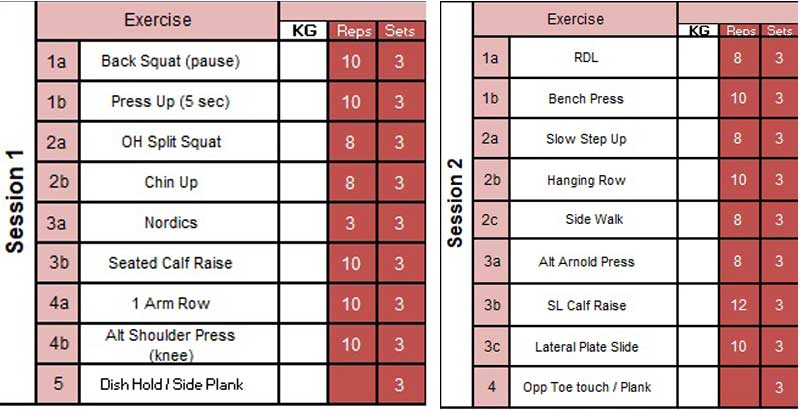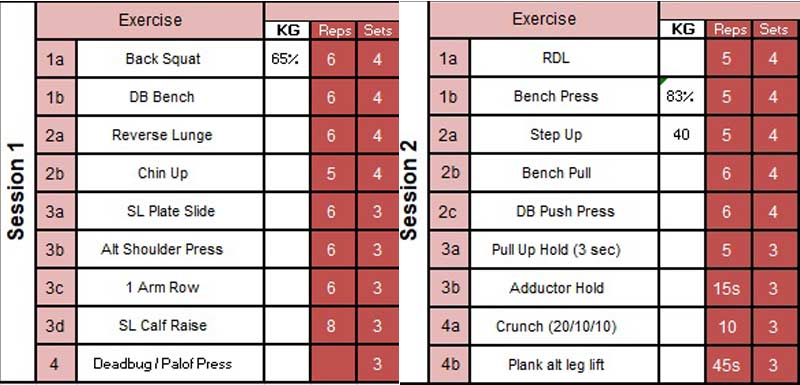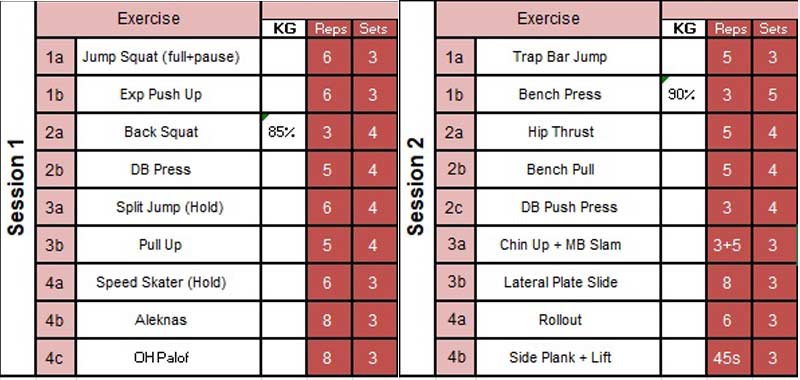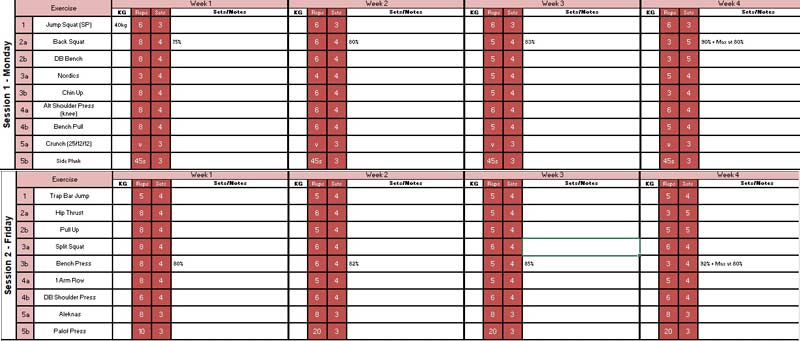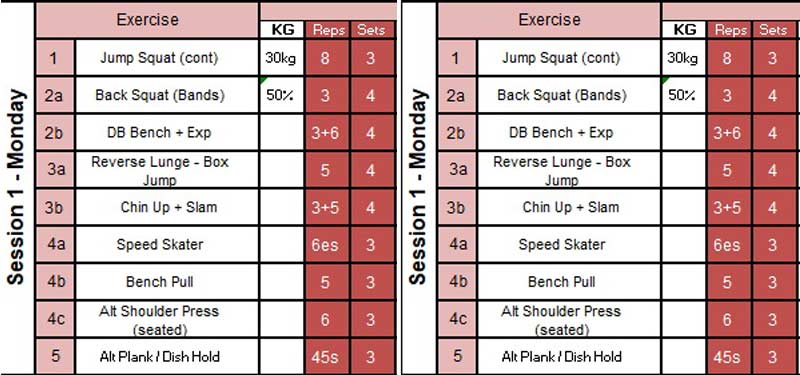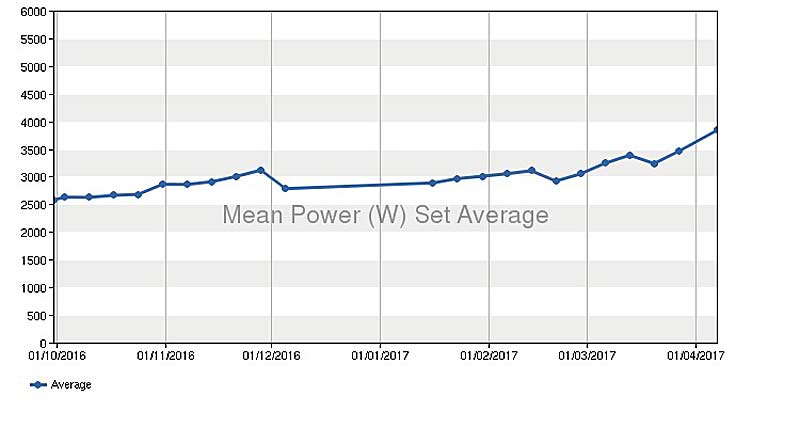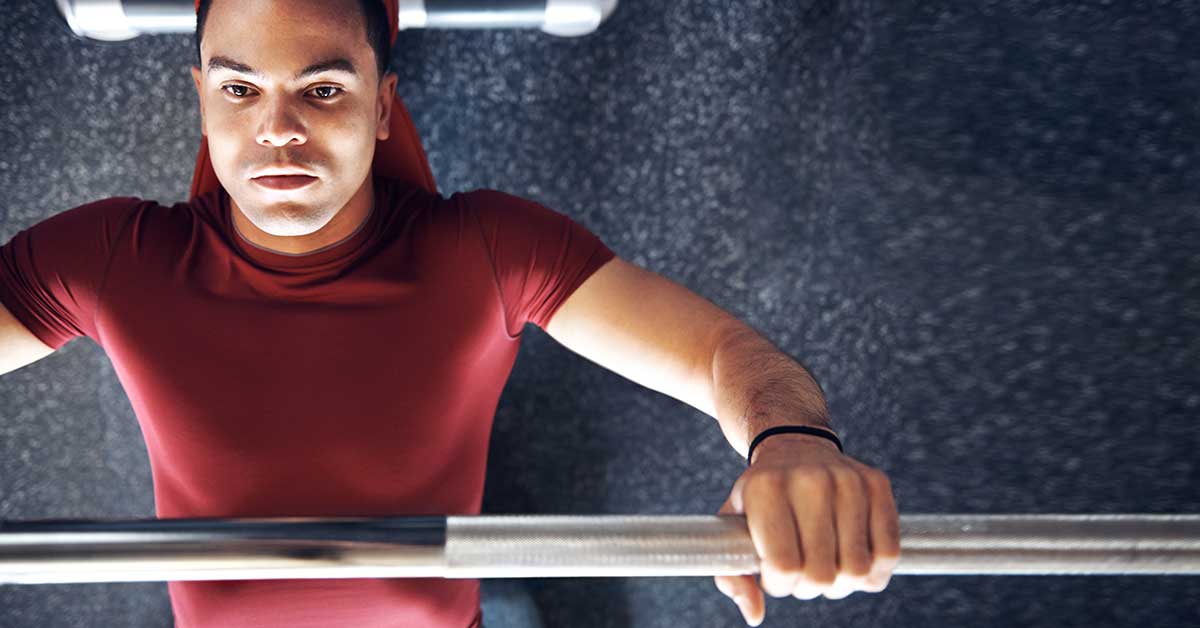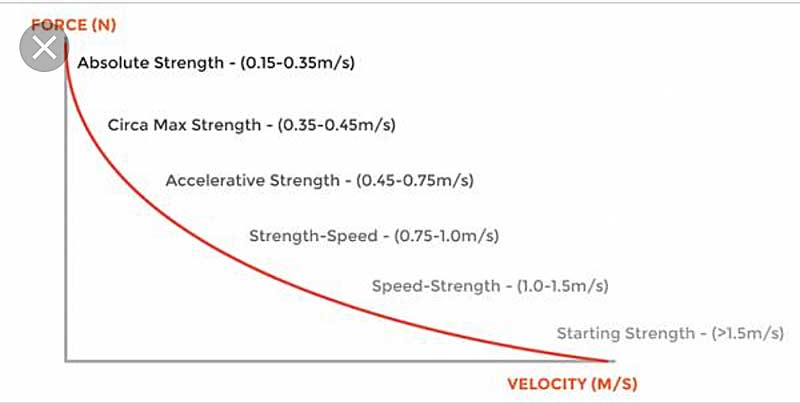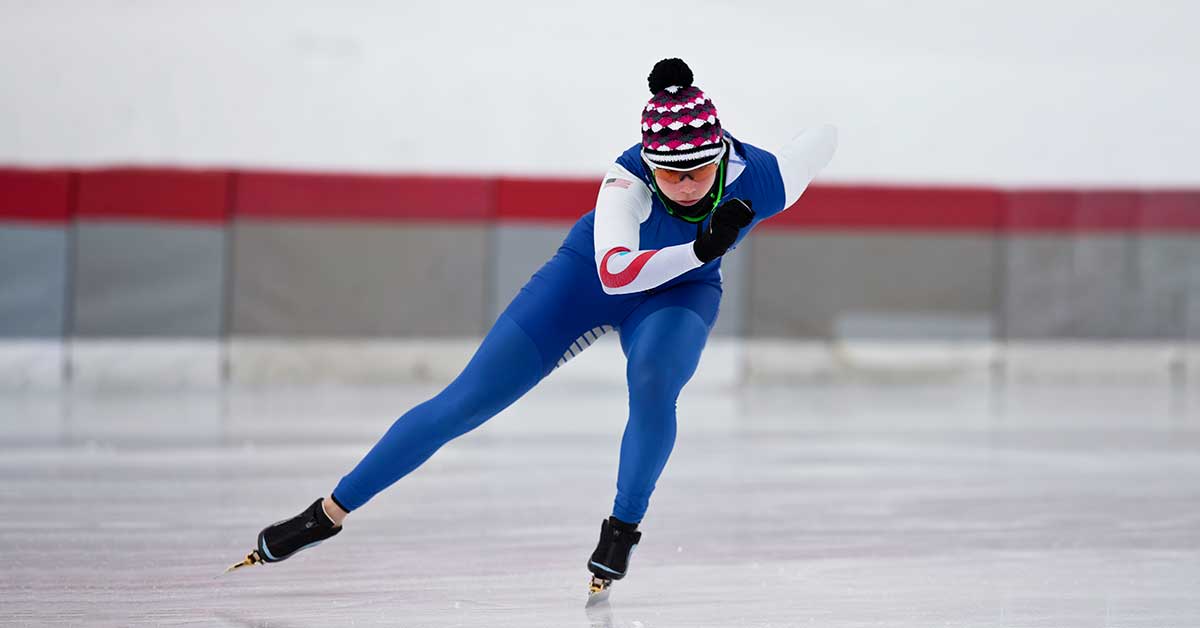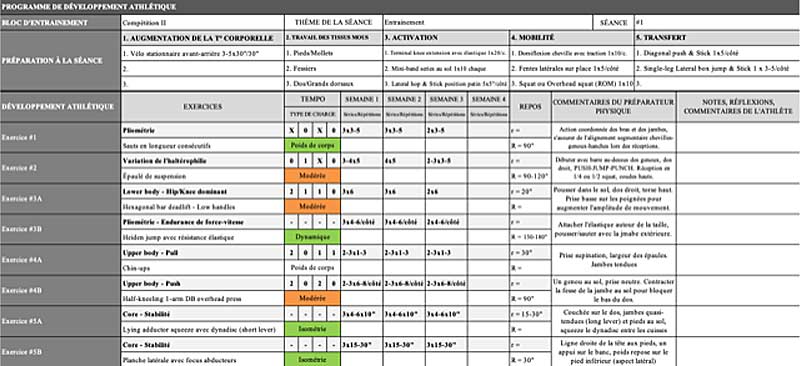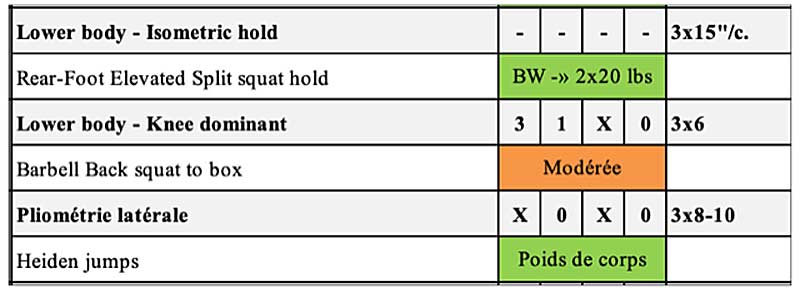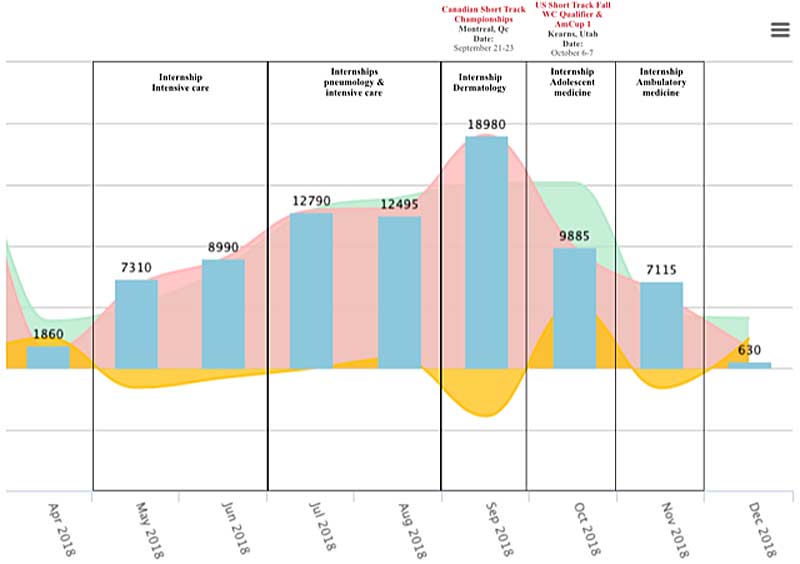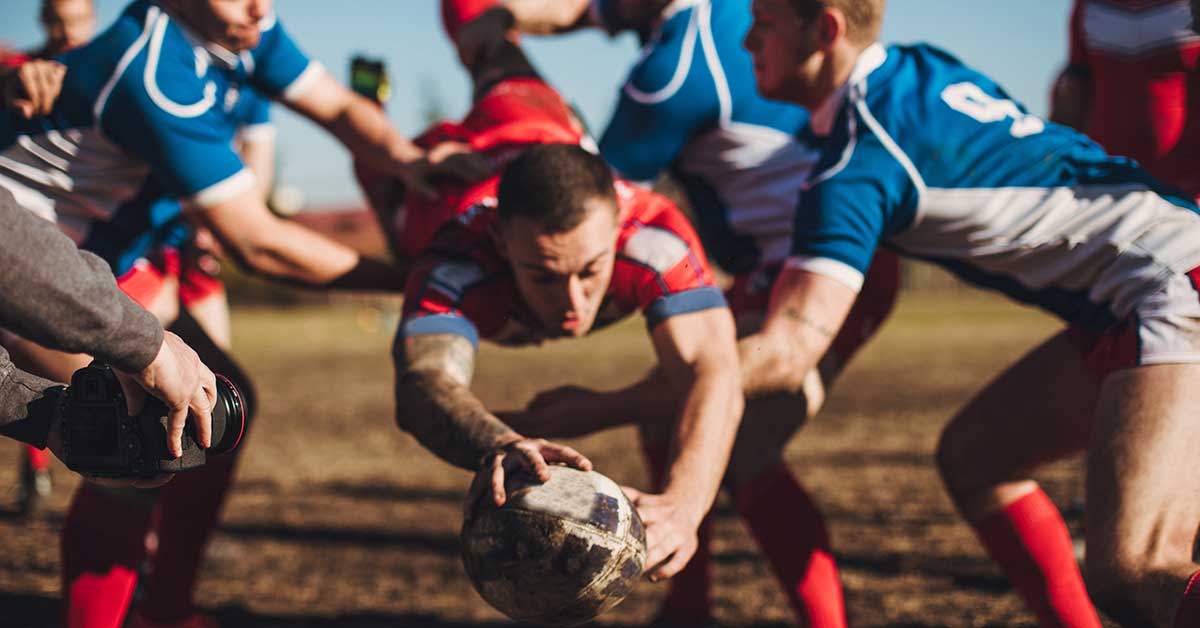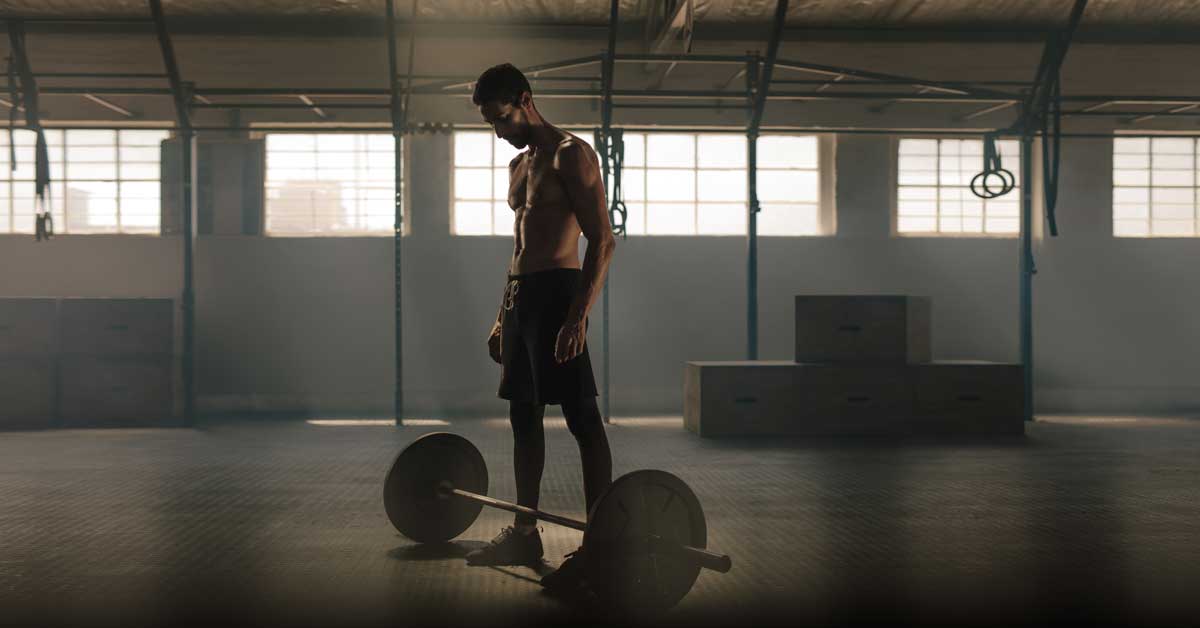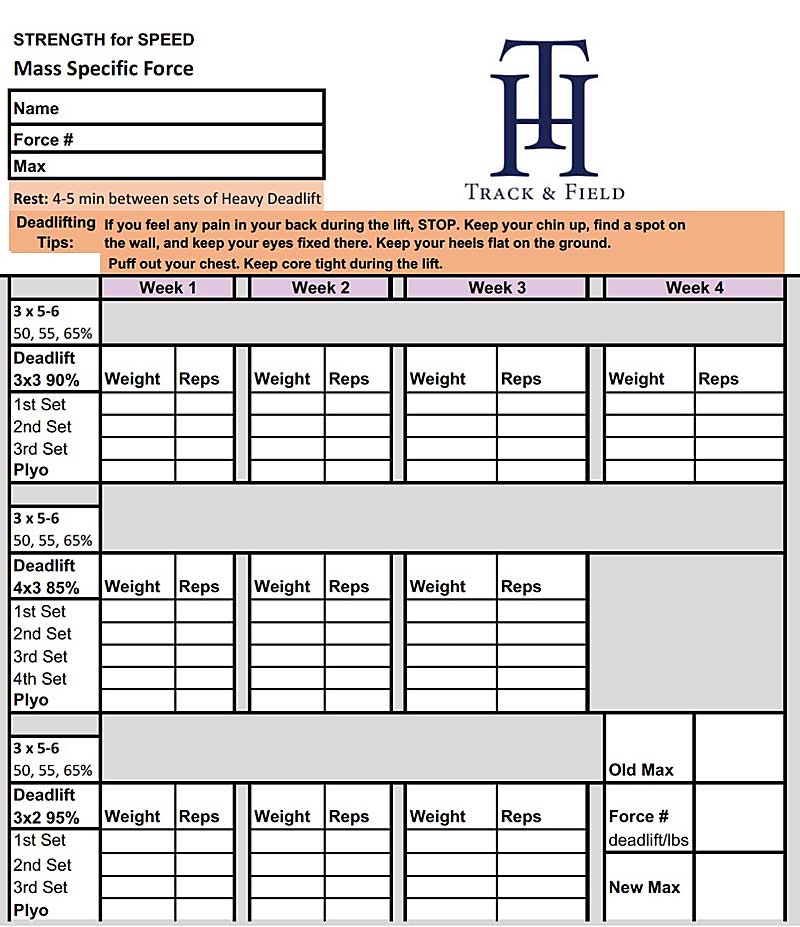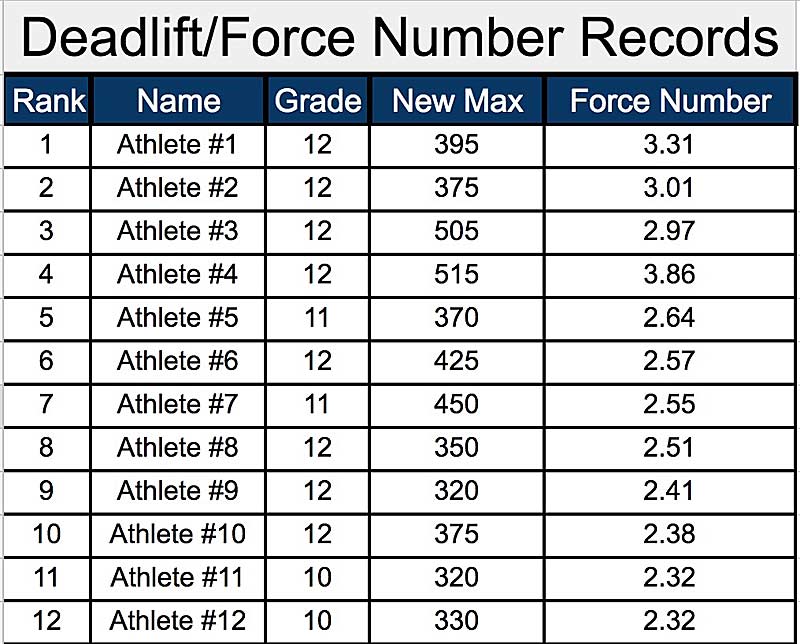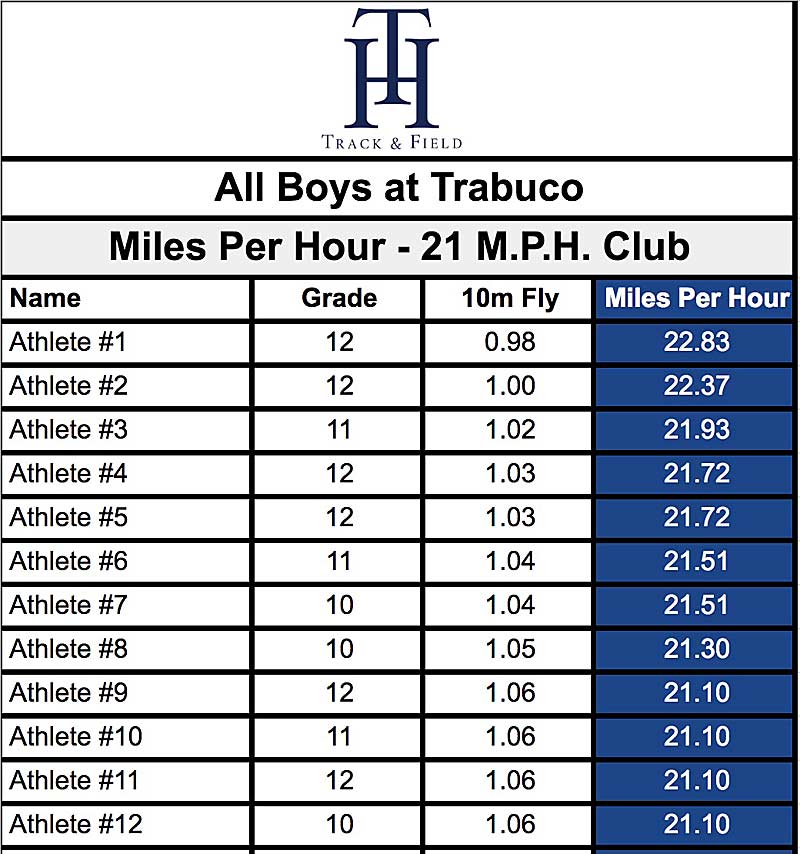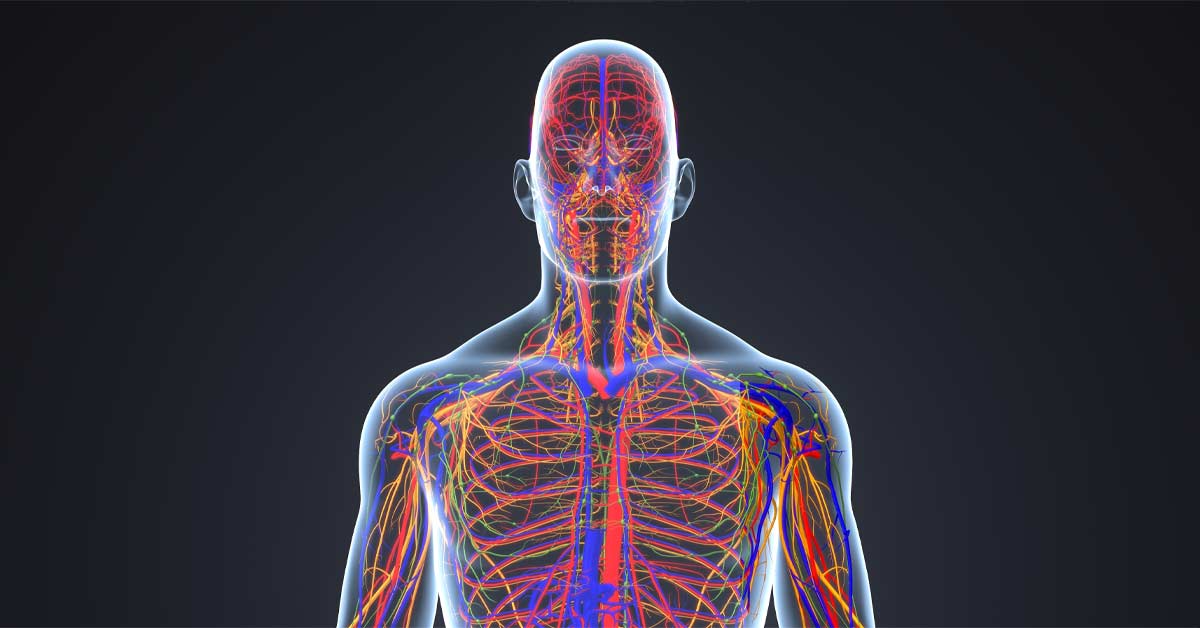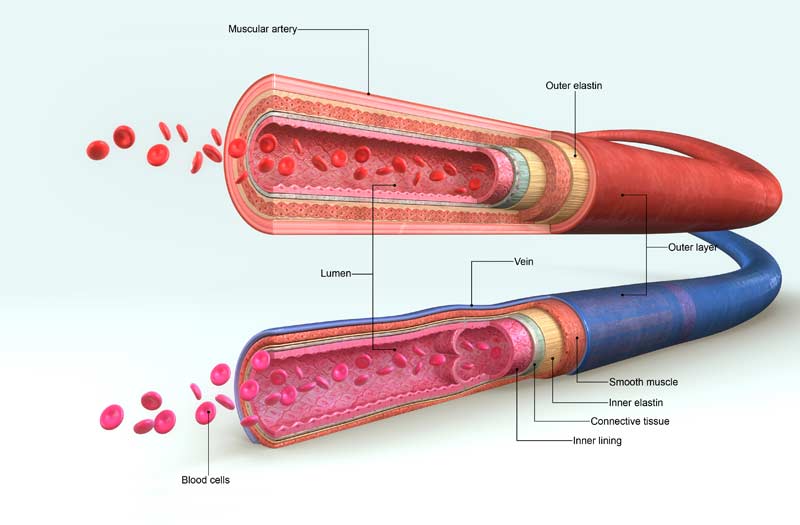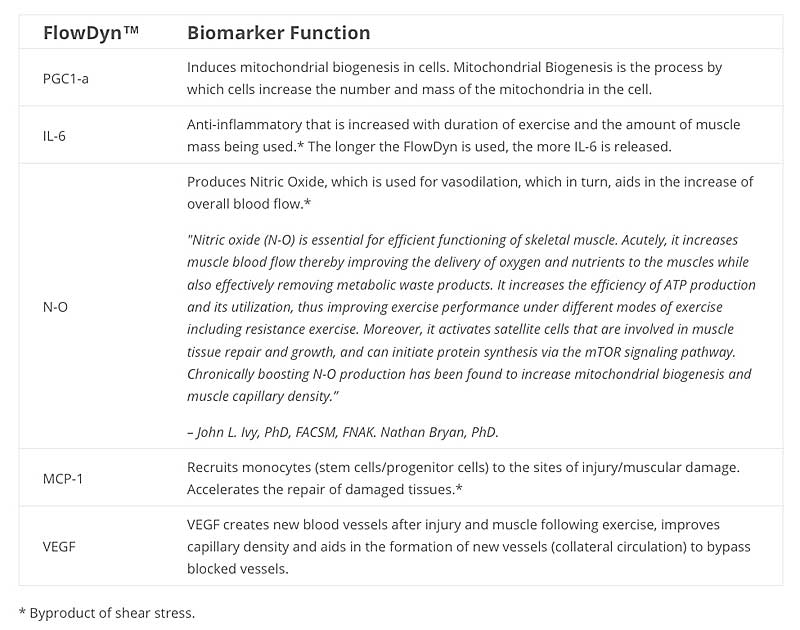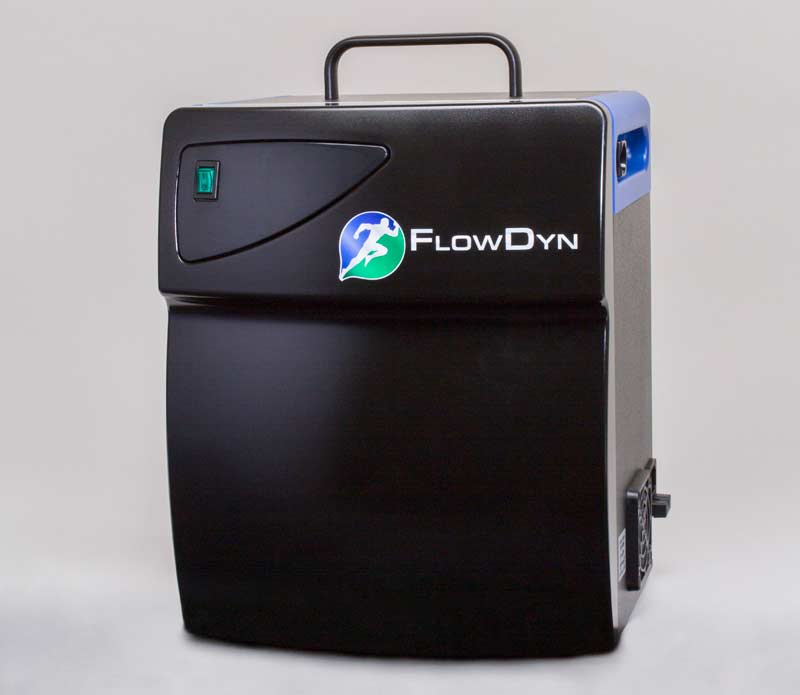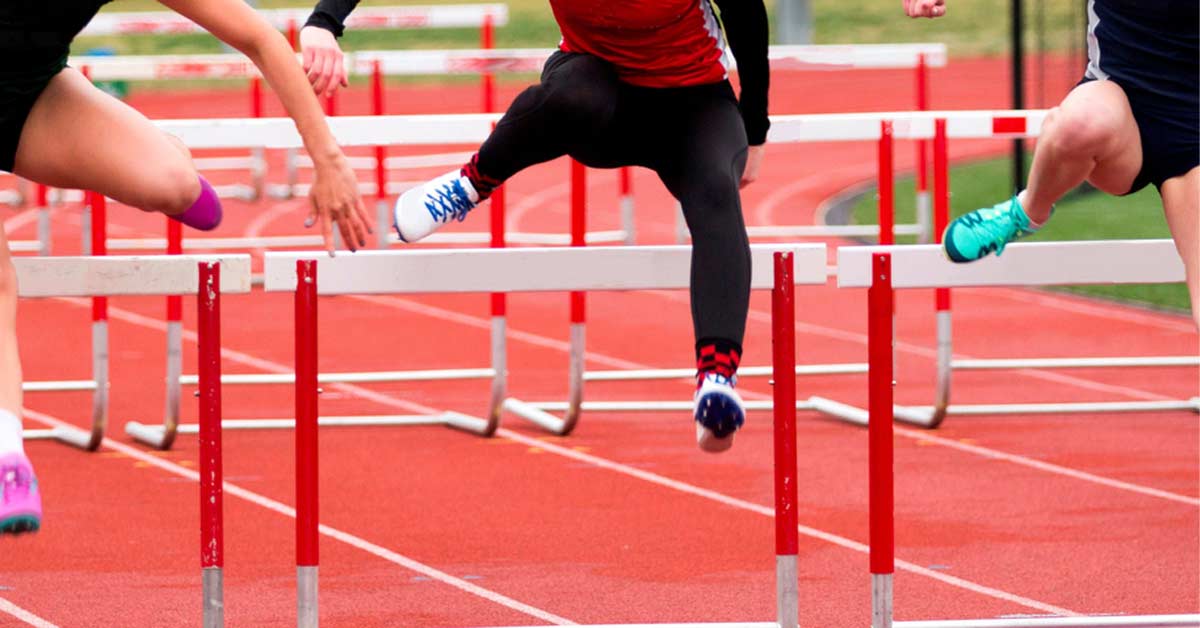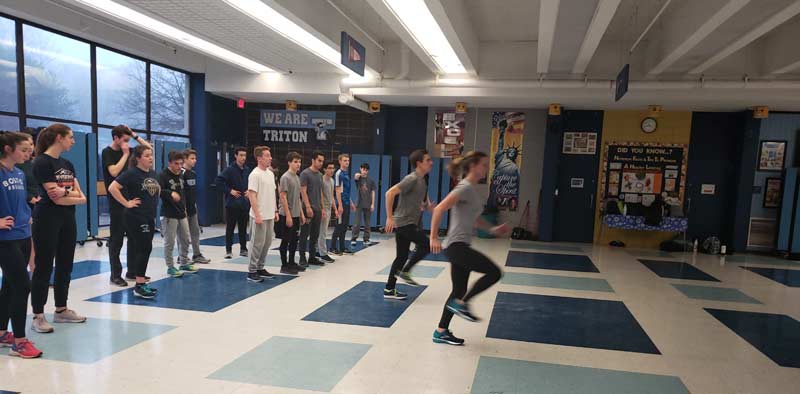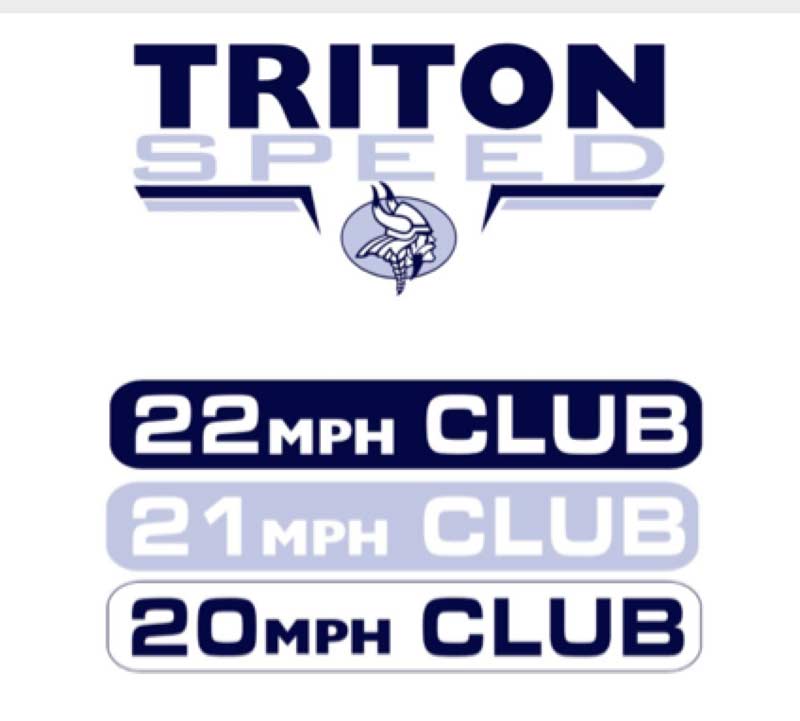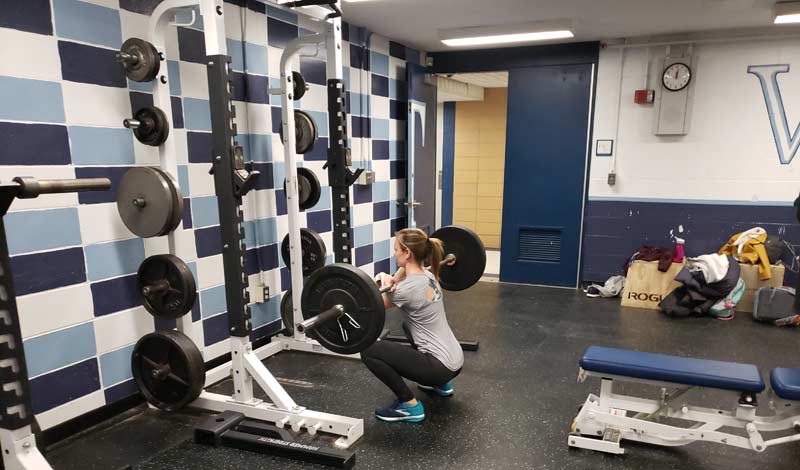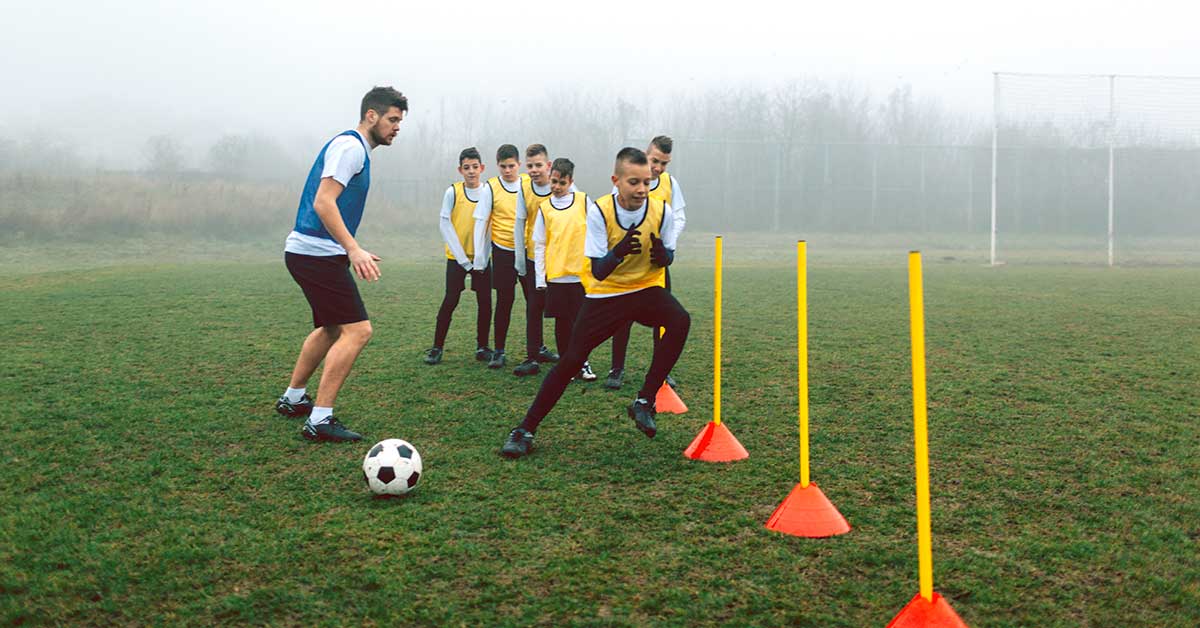
Lee Taft, known to most simply as “The Speed Guy,” is highly respected as one of the top athletic movement specialists. He has taught his multidirectional speed methods to top performance coaches and fitness professionals all over the world.
Since 1989, Lee has taught foundational movement to beginning youngsters and helped athletes ranging from the young amateur to professional levels become quicker, faster, and stronger. Lee’s entire philosophy is based off one of his most notable quotes: “Learning athletic movement correctly from the start is the foundation for athletic success.”
With the release of Ground Breaking Athletic Movement in 2003, Lee revolutionized the fitness industry with his movement techniques for multidirectional speed. His innovative approach to training has impacted how athletic movement speed is taught. Lee brought to light the importance and fine points of the “plyo step,” “hip turn,” “directional crossover step,” and athletic stance. According to Lee, “Speed and agility done right is about making sure we marry the natural movements athletes have with effective and efficient body control to maximize speed and quickness.”
Freelap USA: What are some key distinctive movements of change of direction in team sport that coaches should be familiar with? (I believe these are “linking movements.”)
Lee Taft: This is a great question and very important for coaches to understand. If I am not mistaken, I believe you are asking about the repositioning movements that occur out of a reactive state. These movements are hardwired into the neural system and are an indispensable aspect of the fight or flight response.
The movements I will mention fall under the category of “repositioning steps.” When an athlete quickly accelerates forward or on an angle forward, I termed this movement a “plyo-step.” It is most commonly known, incorrectly I might add, as a “false step.” The reason it was called a false step is because coaches thought athletes were actually stepping backwards. In reality, the athlete is instinctively repositioning one foot behind the center of mass in order to have a proper force application angle to move the center of mass forward, or in whatever direction of travel. This action of repositioning the foot behind the body opens the joint angles of the knee and hip and creates a “stiffness” that induces a stretch shortening cycle response (SSC), also known as an elastic response. This action alone creates quickness—which is what athletes want.
Video 1. In the ‘plyo-step,’ an athlete instinctively repositions one foot behind the center of mass. This repositioning opens the joint angles of the knee and hip and creates a ‘stiffness’ that induces a stretch shortening cycle response (SSC), also known as an elastic response. This action creates quickness.
Another movement that falls under the repositioning category is known as the “hip turn.” The hip turn is performed when the athlete suddenly realizes they have to retreat backwards. A typical action might be that of a tennis player at the net having to quickly turn and run to chase a lob, or a baseball player chasing pop-fly hits over their head. The principles are identical to the plyo-step.
The hip turn simply replaces what we commonly call a pivot. The pivot, when an athlete is trying to be explosively quick, creates too much friction and poor force application angles. The body’s natural tendency is to reposition by moving one foot forward, opposite the direction of travel, as the hips open in the direction of travel. Again, like the plyo-step, the hip-turn is a reaction to the athlete having to accomplish a task quickly.
Video 2. The ‘hip turn’ replaces the pivot. The body’s natural tendency is to reposition by moving one foot forward, opposite the direction of travel, as the hips open in the direction of travel.
Another reactive repositioning action that is innate to an athlete’s sudden need to move quickly is known as a “directional step.” The directional step, unlike the plyo-step and hip-turn, comes from the action of the front leg—not the back or pushing leg. This is more of “preparation step.”
The directional step allows the athlete to have efficient pushing mechanics during the #acceleration, says @leetaft. Share on XWhat I mean by this is when an athlete is going to take off and run laterally from the direction they are facing—let’s say a tennis player or softball infielder having to quickly move to their right—the lead foot unweights itself and externally rotates via the hip. This action occurs while the backside foot pushes the athlete’s center of mass (COM) over the lead foot.
This lead foot, by doing a directional step, is preparing to take over the force production duties once the back leg has finished pushing (this is called the gait cycle) and drive down and back. If the lead foot remains perpendicular to the direction of travel and is used to produce force at the same time as the rear leg, the coordination of the gait cycle is disrupted, and force is dissipated. The goal of the directional step is to allow the athlete to have efficient and effective pushing mechanics throughout the acceleration.
Video 3. The directional step’s purpose is to enable the athlete to have efficient and effective pushing mechanics throughout the acceleration.
Freelap USA: What tend to be the biggest deficiencies in these key linking movements?
Lee Taft: The only deficiencies that can be seen are when athletes use poor postures or techniques during these repositioning actions. So, the reaction is correct, but the postures, limb movements, and overall actions to accelerate might be poor. For example, a soccer player may have a ball chipped over their head and have to quickly turn and run—they will most likely use the hip turn. If they drop their head and shoulders too much during the acceleration, it will lead to less-effective acceleration.
The other potential deficiencies in these movements can stem from a lack of mobility and/or stability. When an athlete lacks mobility of their ankle joint, the ability to create force into the ground quickly during a hip turn, plyo-step, or directional step will be compromised. The issue is the athlete is unable to properly dorsiflex (load the ankle joint in flexion) and, therefore, a distortion in joint loading and posture results.
Freelap USA: What are some ways to know when to coach a movement and when to leave it alone, particularly for novices in movement training and young coaches?
Lee Taft: I really love this question because it brings us to the “art” of coaching. Just because we know how to coach, doesn’t mean we have to talk and instruct every second of every training session. Athletes learn from feel and feedback. What I mean is, if an athlete performs a skill and it feels awkward to them, but they actually performed it correctly, they need the feedback and reassurance it was done right and to keep going. Also, if they performed the skill incorrectly but it felt correct to them, the coach needs to give feedback urging better technique.
After I teach skills to athletes, I allow them time to fail their way to success, says @leetaft. Share on XOne of my rules when I teach skills to athletes is to allow them time to fail their way to success. This means, when an athlete fails in their execution of a skill, it is most likely due to not having a clean motor program already written for that new pattern. So, the brain needs to have multiple attempts thrown at it to write the proper sequence of patterns. If the athlete clearly understands the actions of performing the skill correctly, but just hasn’t felt it enough, I give them time to “fail their way to success.” A great example of this would be a young basketball player learning to shoot a layup. They know what it looks like and understand the mechanics of lifting the same knee as the shooting arm—but they haven’t developed the coordination, balance of the ball, and release sequence yet. So, I give them time with just slight guided feedback.
If the skill I’m teaching is very challenging—let’s say I’m teaching the triple jump—then I give much more feedback and many more coaching strategies right at the start. The reason for this is because the skill is not only challenging from a coordination standpoint, but has some inherent danger to it if done incorrectly.
One of the greatest examples of learning through feel is learning to ride a bike. As a parent, I can say whatever I want, but the child has to feel what it means to adjust and balance to stay upright on the bike. This only improves with time. On the other end of the spectrum, a skill that needs a lot of instruction is shot putting. The actions of how to move across the circle, get into the power position, and release the shot without stepping out of the circle take progressive instruction.
Freelap USA: Looking at all of the cueing and instruction methods out there to fix athlete technique, what are the best ways to make new movement patterns “stick,” in your experience?
Lee Taft: Without question, my go-to strategy is to make the skill relevant to sporting situations. By doing so I can make the skill stick because it adds association to the athlete’s memory bank. The first two questions outlined the importance of how innate the reactive footwork is based on completing a task. Well, it is my responsibility as a coach to stay aligned with this reactive nature of sport movement, so I try to put my athletes in scenarios similar to what they experience in games.
Examples of this are partner reactive movements. If I am working on a skill such as a hip turn and accelerate, I will have a partner attempt to fake the run past the defender to the right or left side. The defender must read, react, and execute. I get to evaluate and give feedback on the spot if needed. This instant association to the actual sport skill is crucial in the building of subconscious recall of recognized patterns.
Without question, my go-to strategy is to make the skill relevant to sporting situations, says @leetaft. Share on XTo go a bit deeper on this strategy, I believe athletes learn instinctive, reactive movement by being put in situations that draw that out of them (game-like situations). Now, if I can design drills that drive these patterns and actions repetitively, not only do I get a clear view of what needs to be cued or focused on, the athlete gets real-time intrinsic feedback and self-regulating stimuli. This goes back to an earlier question on how much do we, as coaches, interject? My answer is as little as possible while keeping the athlete on the right path to competency.
Freelap USA: What are some of your favorite drills that also serve as assessments?
Lee Taft: This is one of my greatest strengths as a coach. The ability to design drills or exercises that drive the patterns, reactions, and positions I want to assess in my athletes.
Here is a list of three of my favorite drills/exercises to assess my athlete’s movement quality:
- Ball Drops: A ball drop is pretty much what it sounds like. I drop a tennis ball from shoulder height, standing anywhere from 10-15 feet from the athlete. The athlete must catch the ball before the second bounce. If I am looking to drive and assess the directional step, I have the athlete face sideways before accelerating. To assess the hip turn they face backwards, and to assess the linear acceleration pattern I have them face forwards—usually the plyo-step follows. I can assess body postures, limb actions, and force application angles.
- Shuttle Run: A typical 15- to 30-yard shuttle run where the athlete must change direction at a predetermined line. This form of drill is not a reactive drill, but it allows me to dive into how the athlete manages force absorption and production, as well as how they produce angles of application.
- Tag Activities: I have different tag games based on the types of movements I want to assess. If the athlete is involved in a sport where dodging is important (running back in football), I put them in tag scenarios where they must avoid being tagged while trying to get past their opponent. If they are a goalie, I can use tag games where they must tag opponents attempting to cross a line they are protecting, so lateral movement is important, and so on.
Video 4. In ‘Goalie Tag,’ the goalie has to move laterally only to stop the partner from crossing past the cones.
Video 5. In ‘Box Tag,’ where the two partners come at each other, the girl tries to tag the boy and he tries to avoid being tagged for as long as he can. It typically takes place in a volleyball court size area. Goalie Tag improves lateral abilities while the Box Tag game is for dodging on the defensive side and the offensive person tries to cut off angles and corner the partner.
I know it is much easier to teach drills that are rehearsed, such as cone drills. I also understand they look much better to those who evaluate our training sessions. These drills often look great on the outside but lack consistency, with an athlete having to read their environment to accomplish a task. My training, which I call “The Reactive Tier System for Speed,” is built around allowing athletes to move reactively first, then including correctives based on what was observed or what is commonly a faulty pattern.
Since you’re here…
…we have a small favor to ask. More people are reading SimpliFaster than ever, and each week we bring you compelling content from coaches, sport scientists, and physiotherapists who are devoted to building better athletes. Please take a moment to share the articles on social media, engage the authors with questions and comments below, and link to articles when appropriate if you have a blog or participate on forums of related topics. — SF
